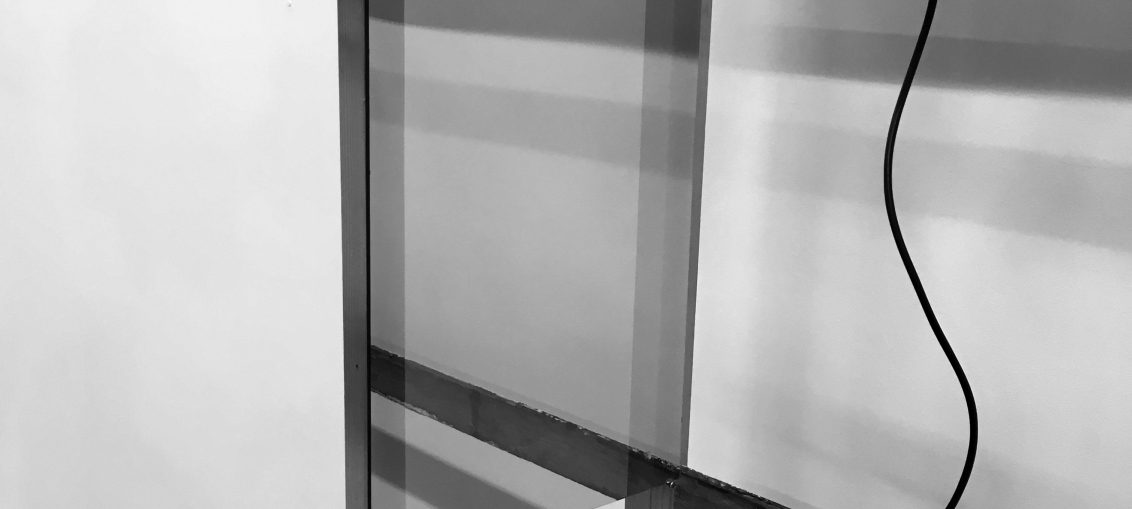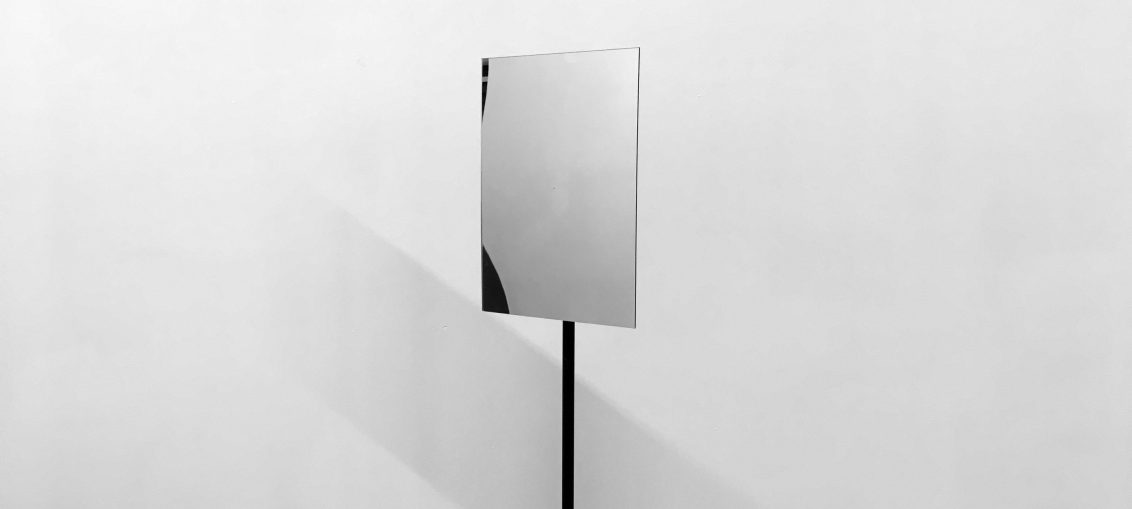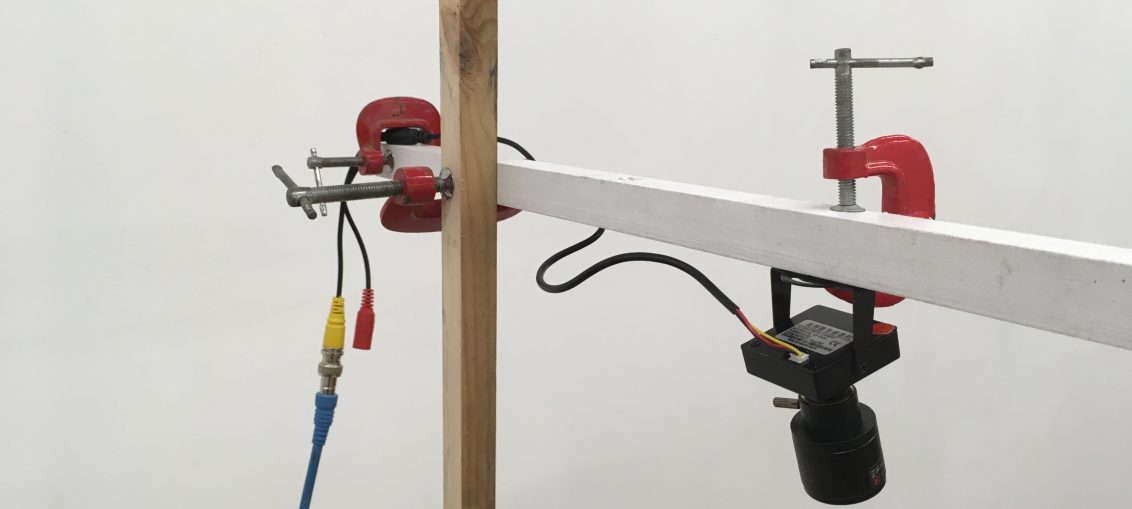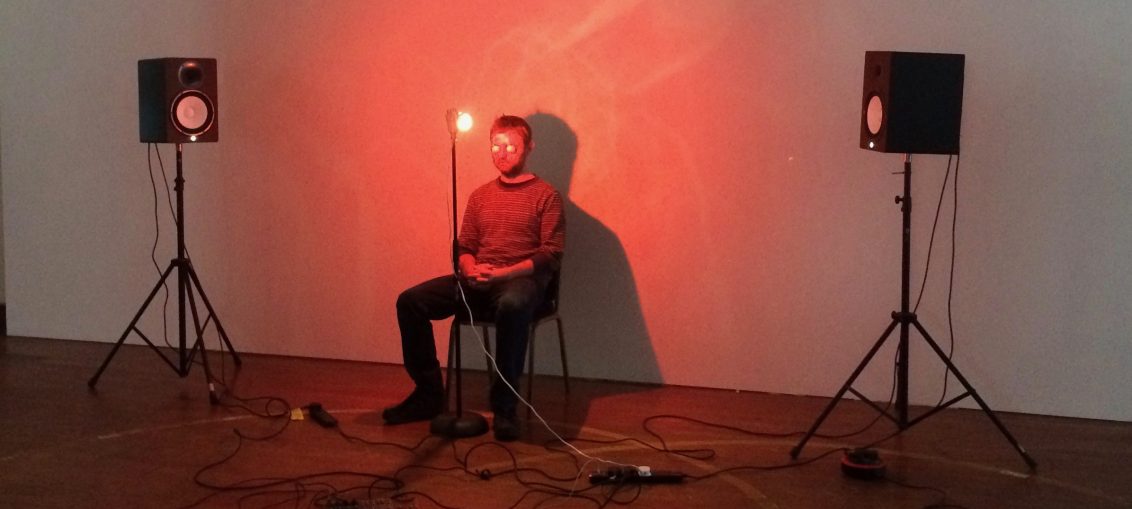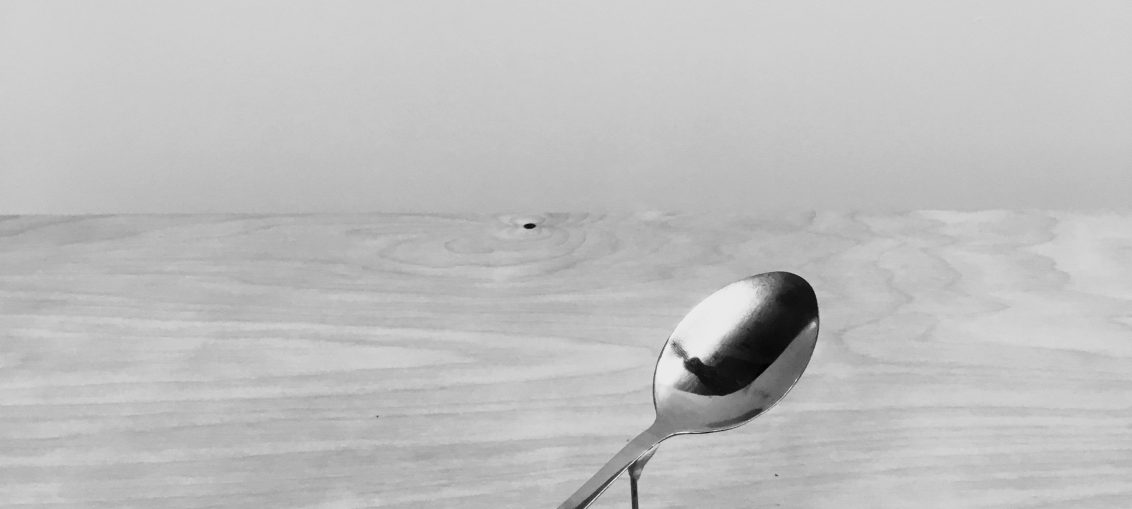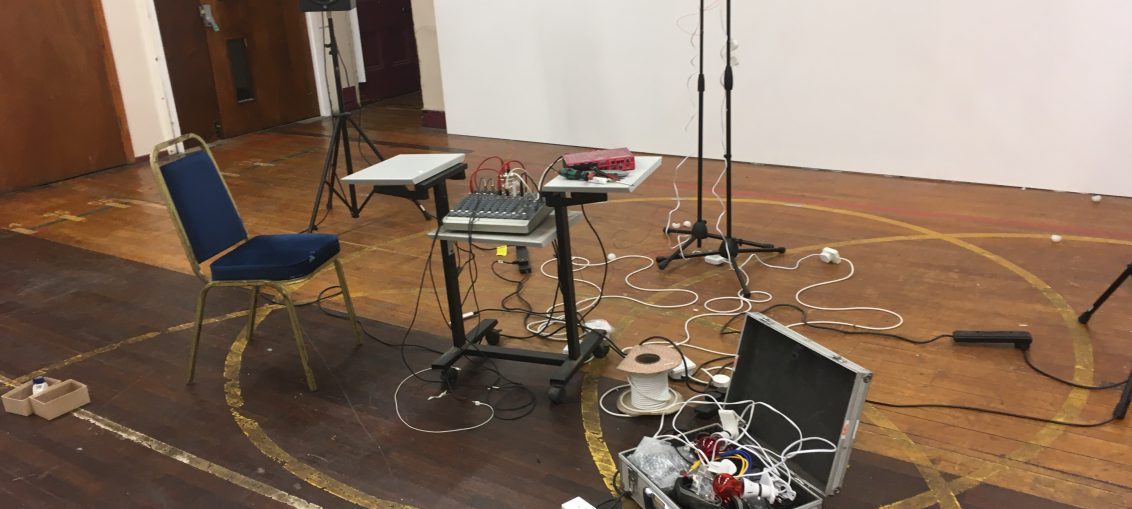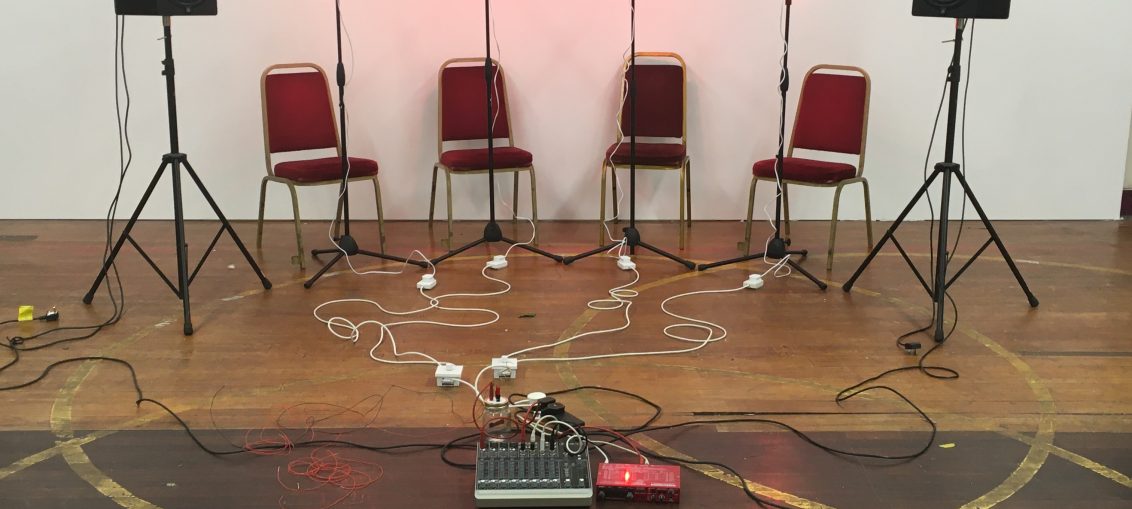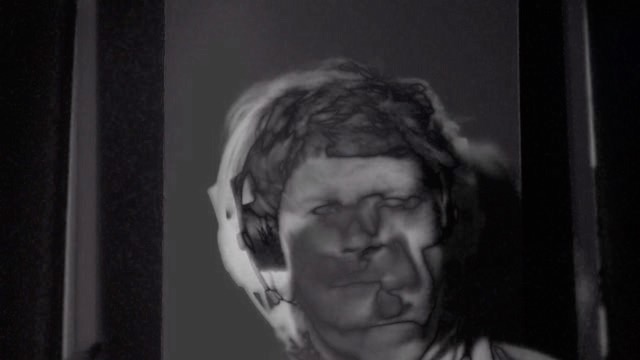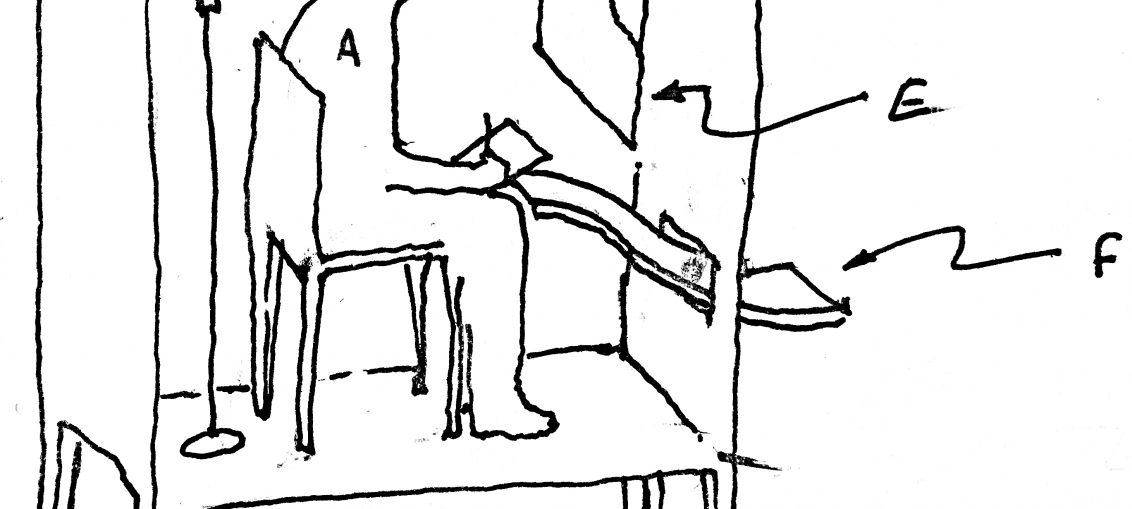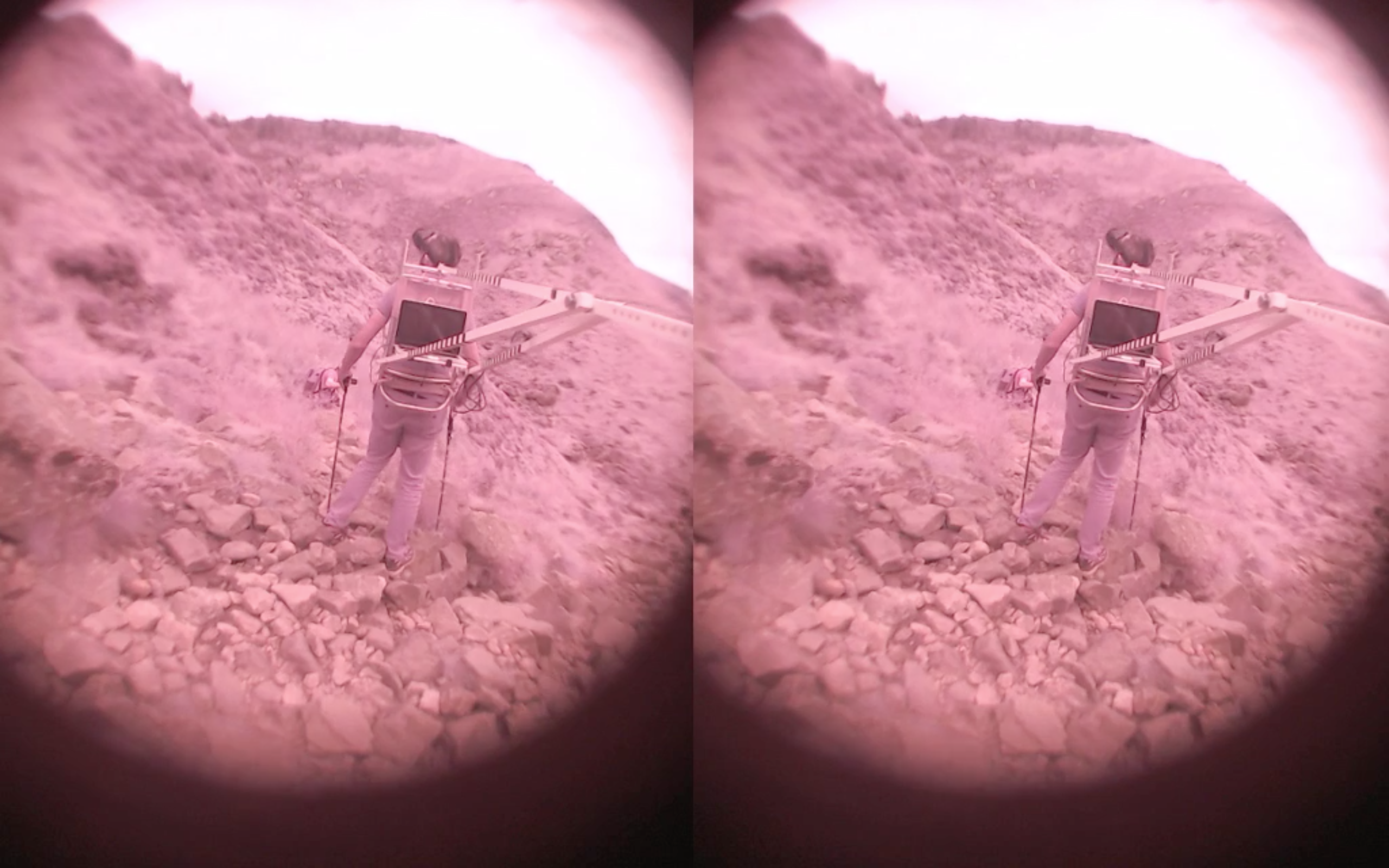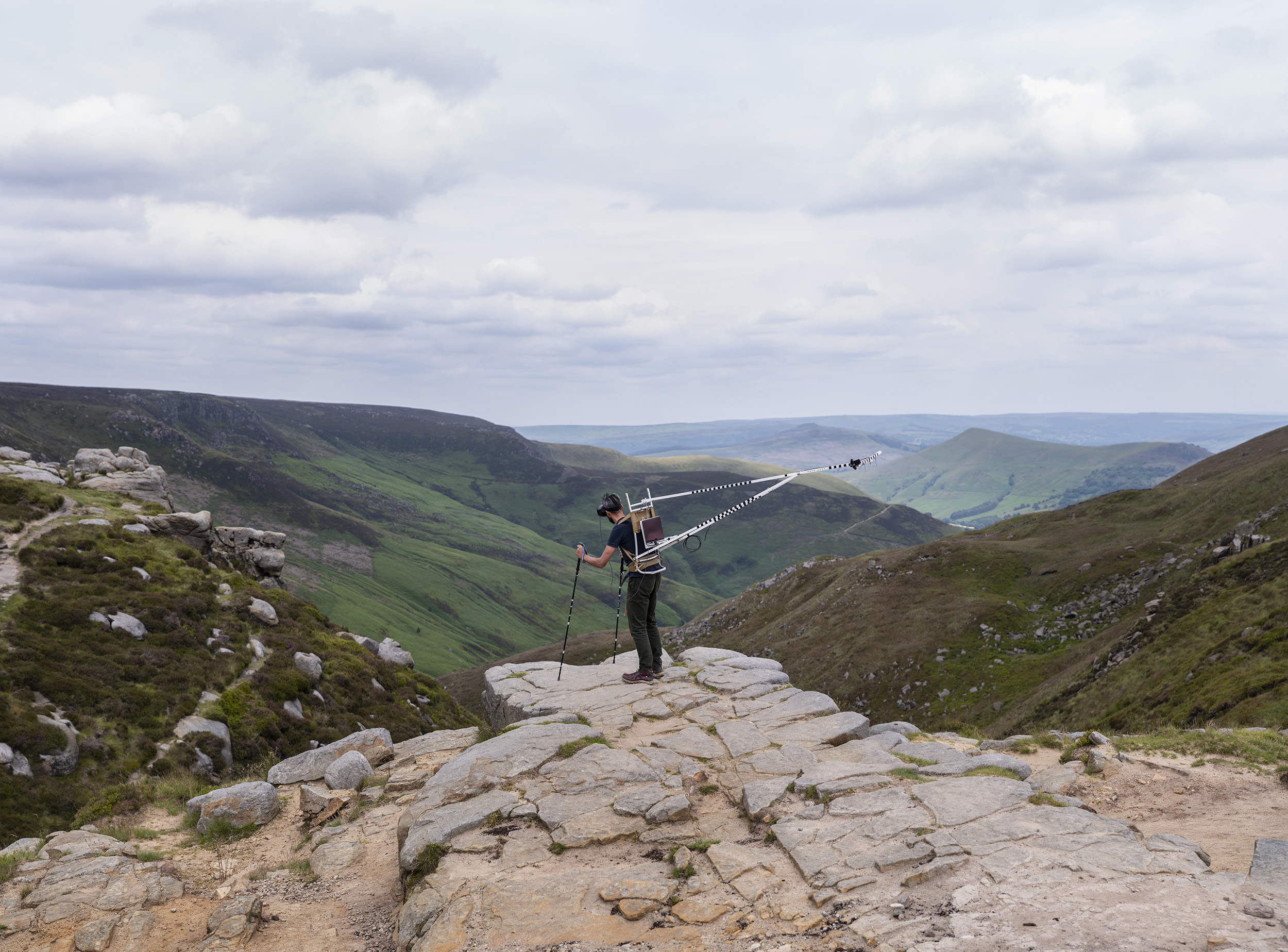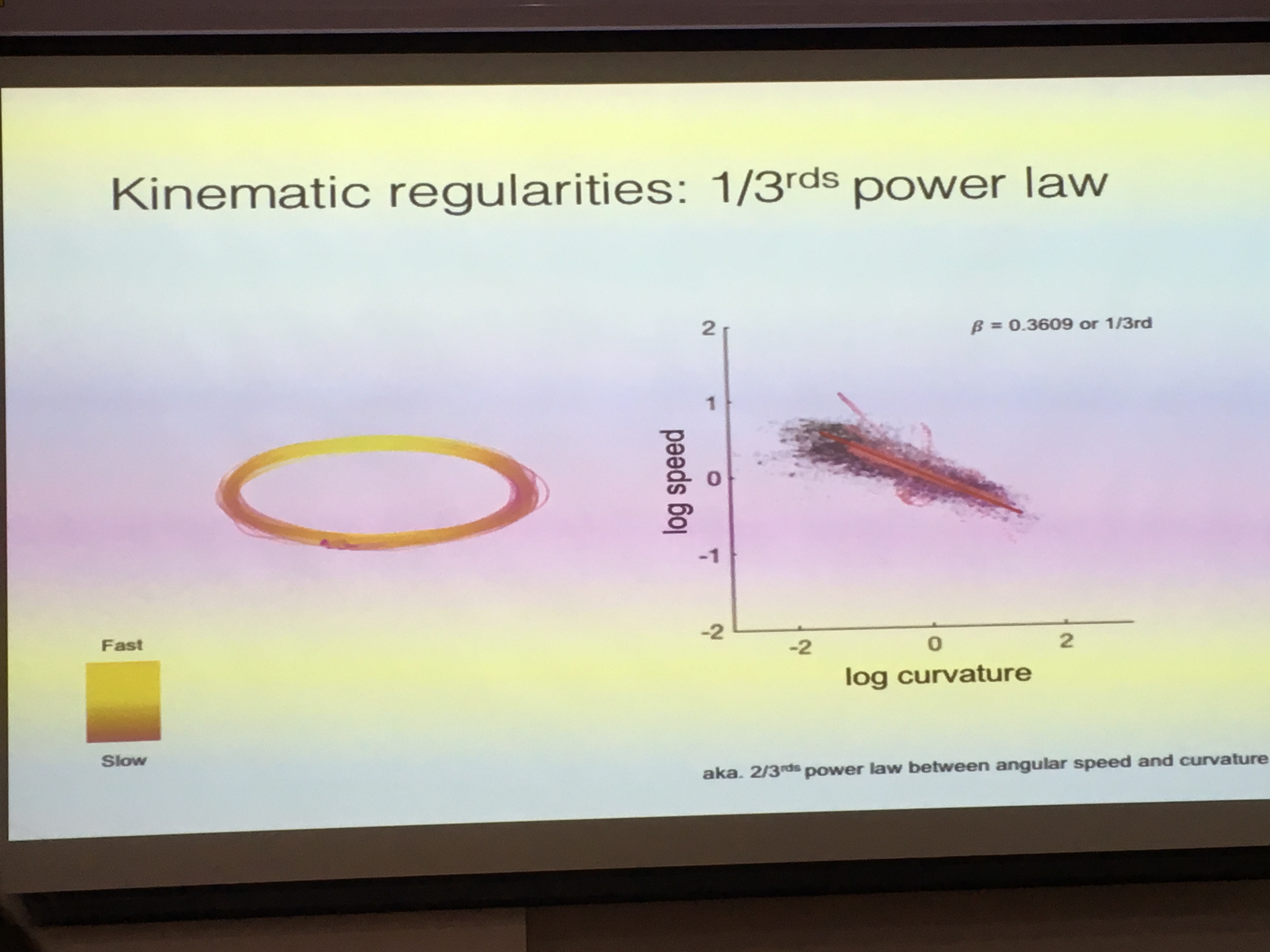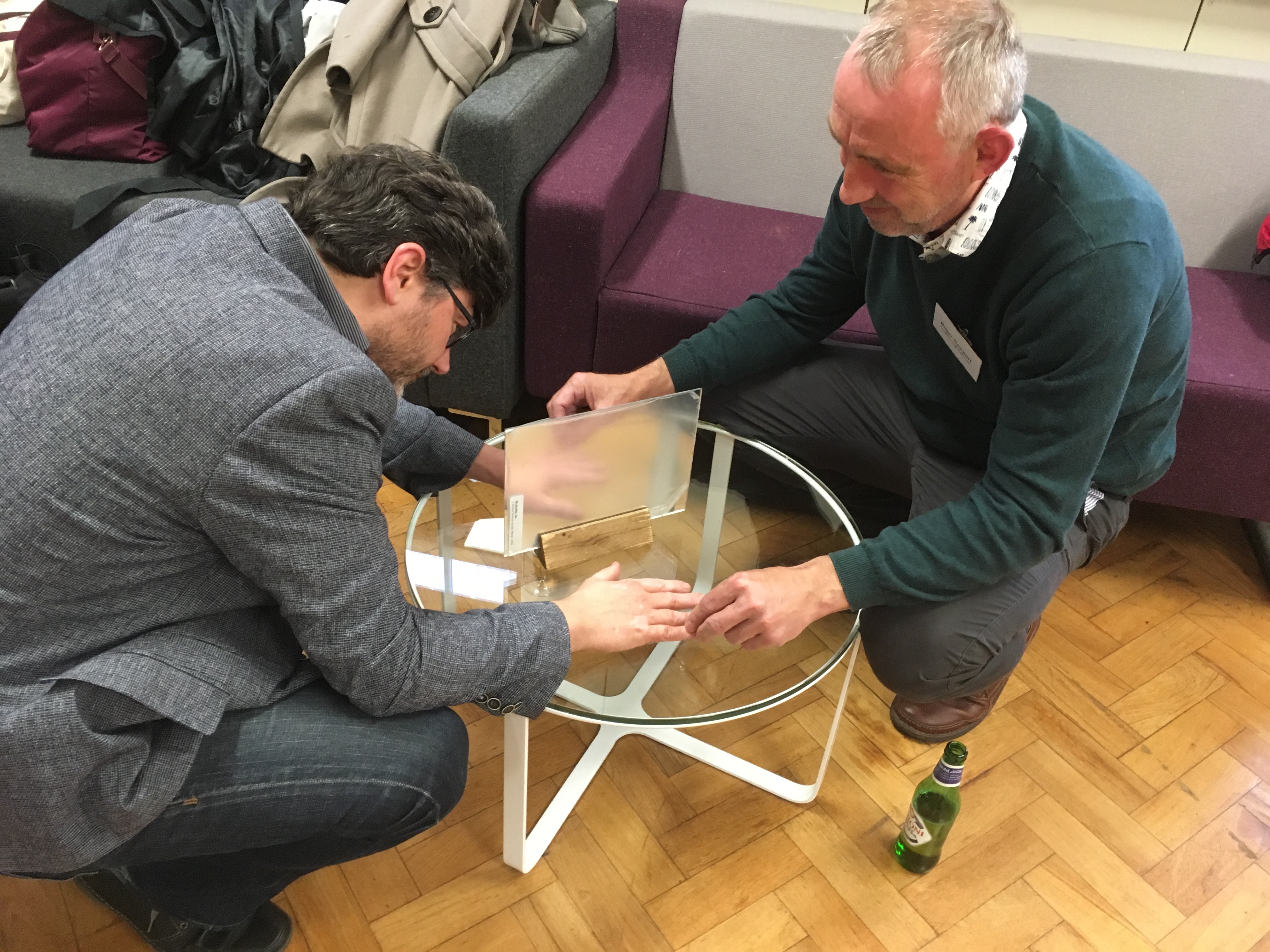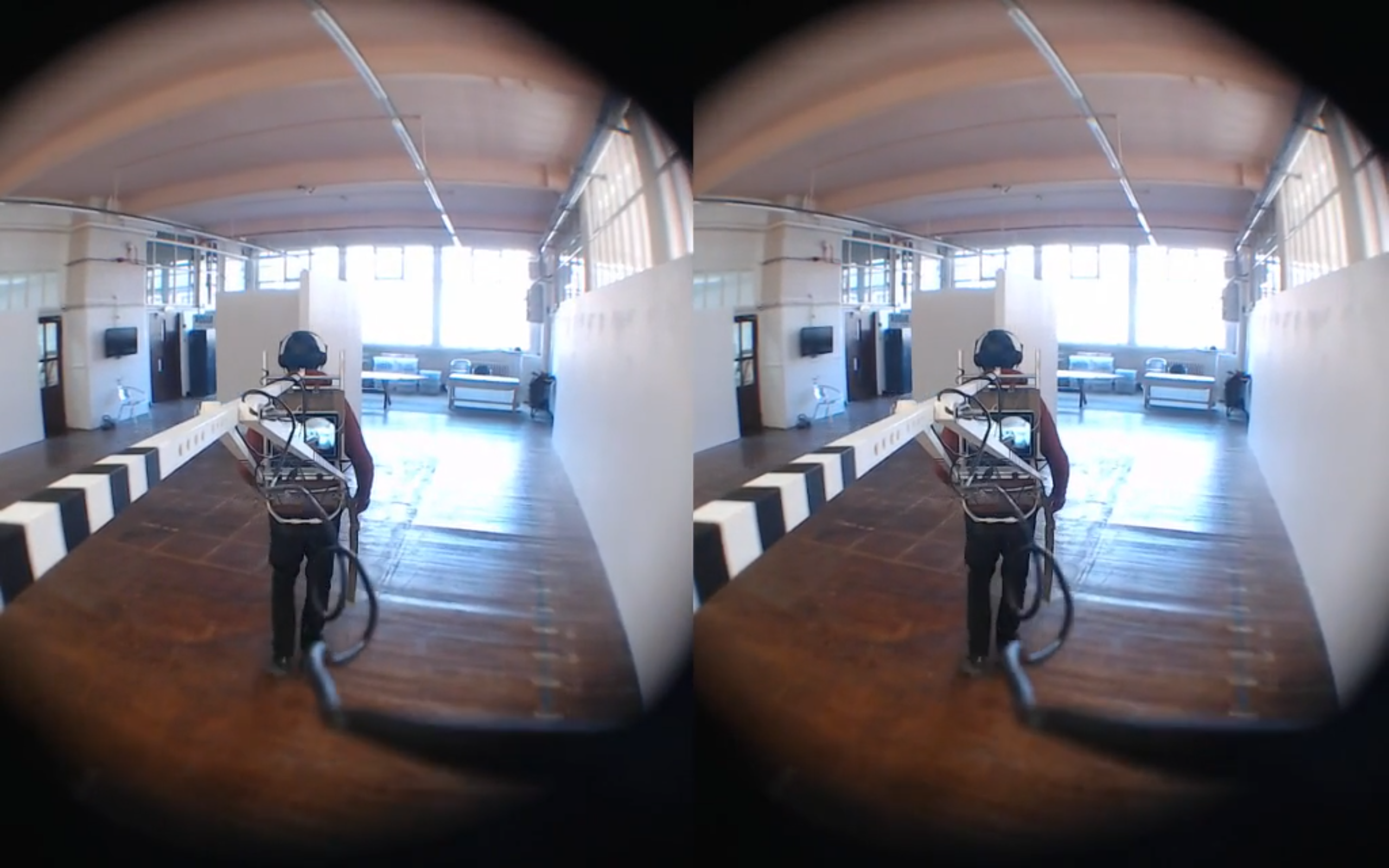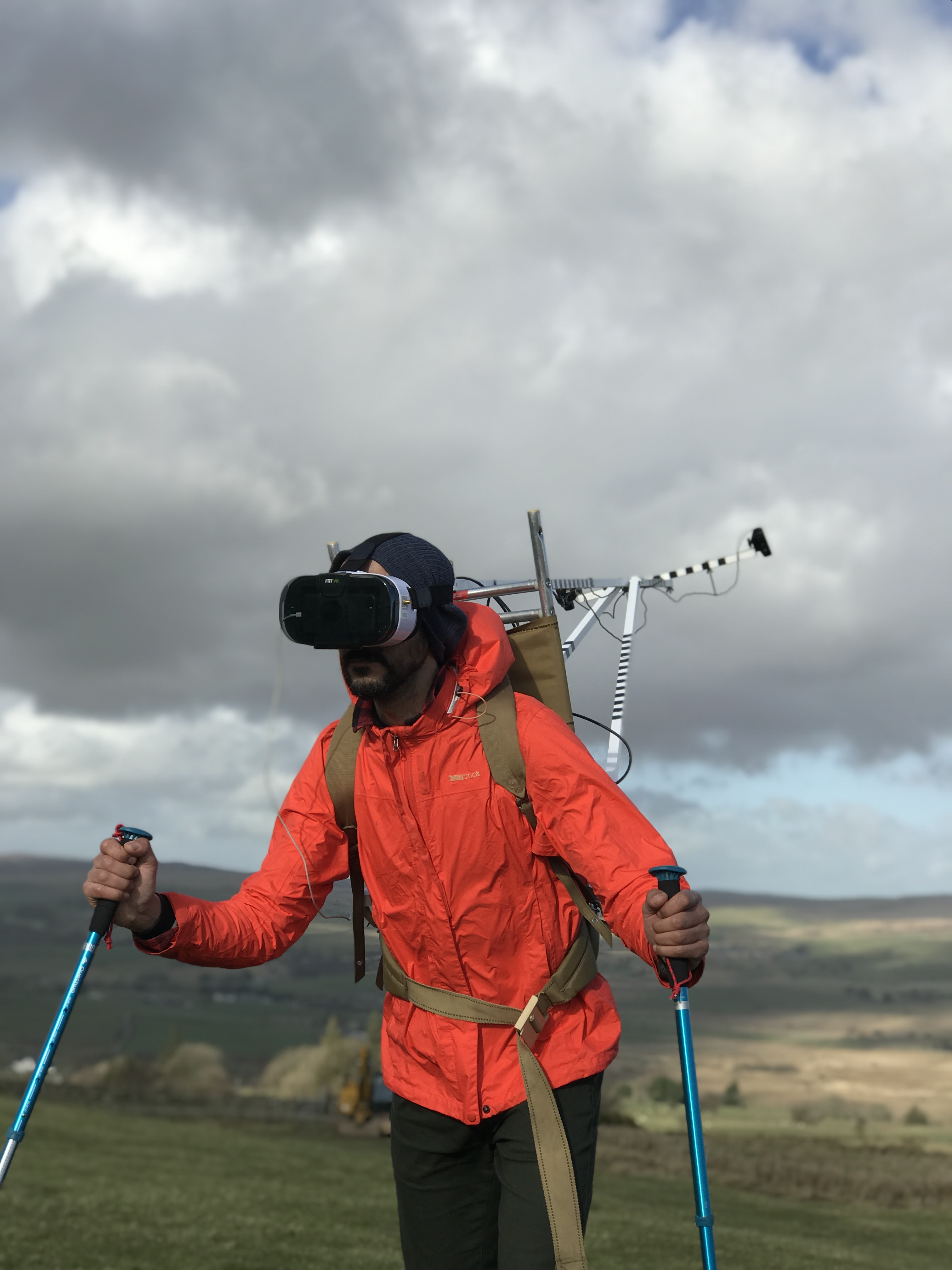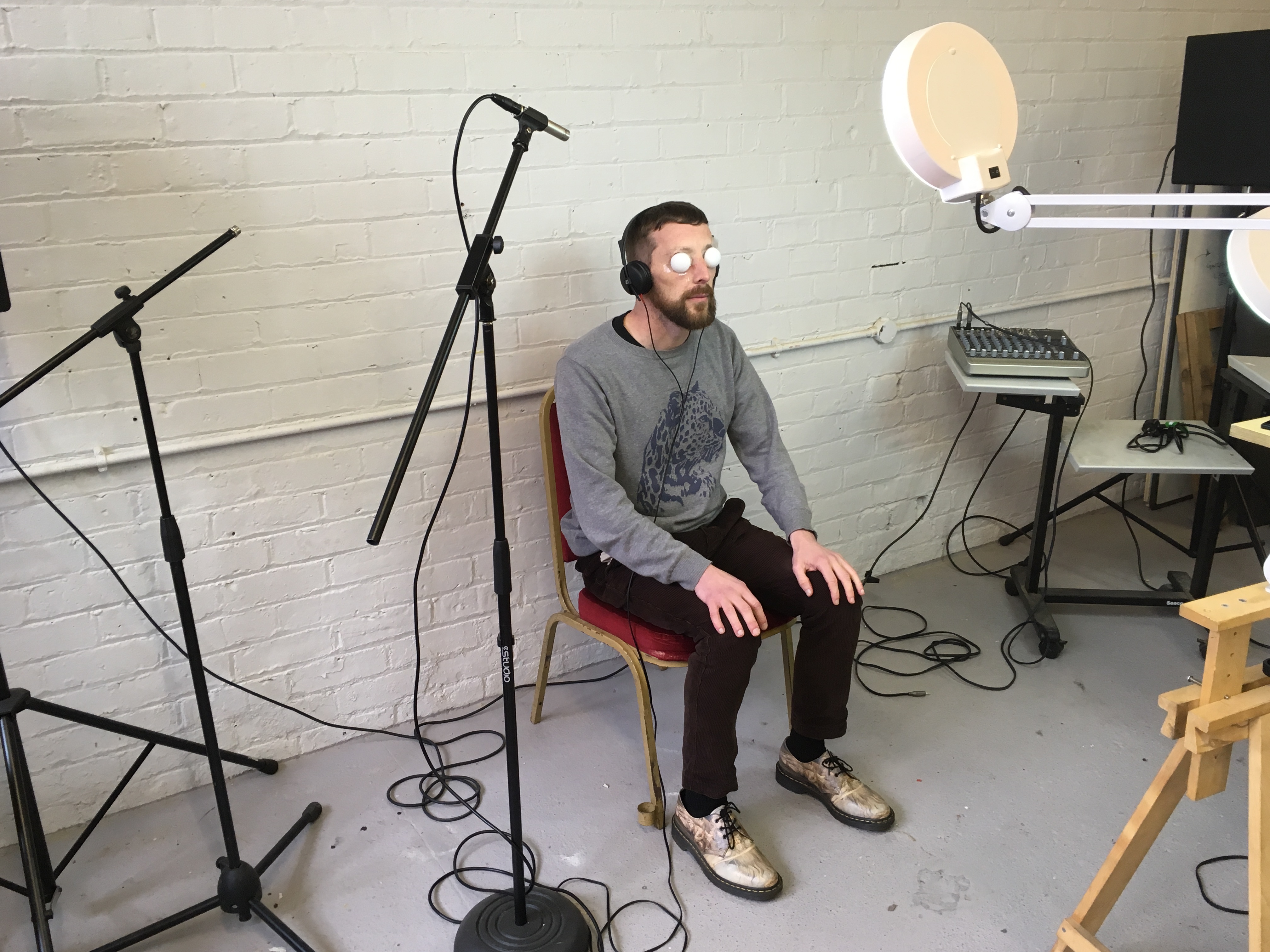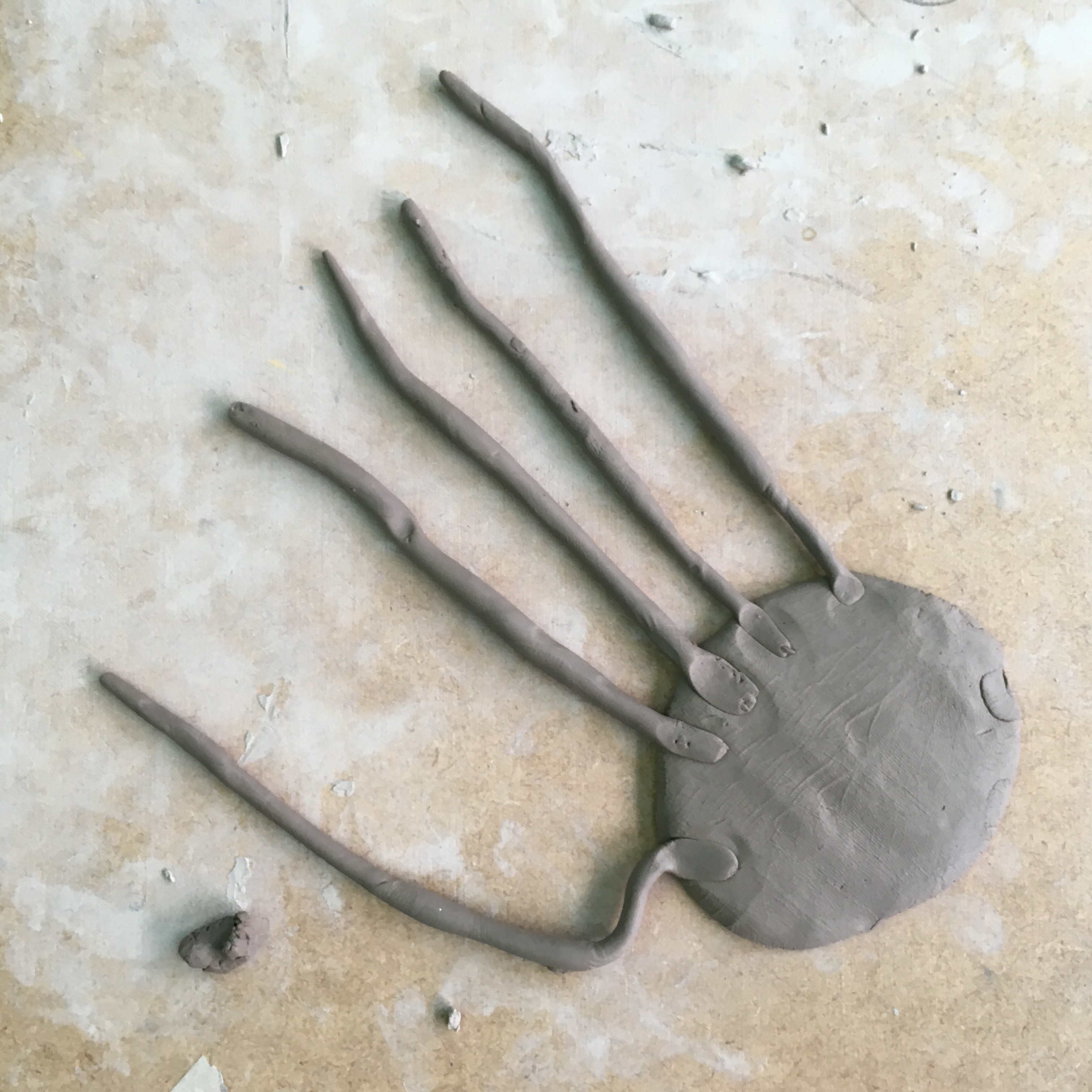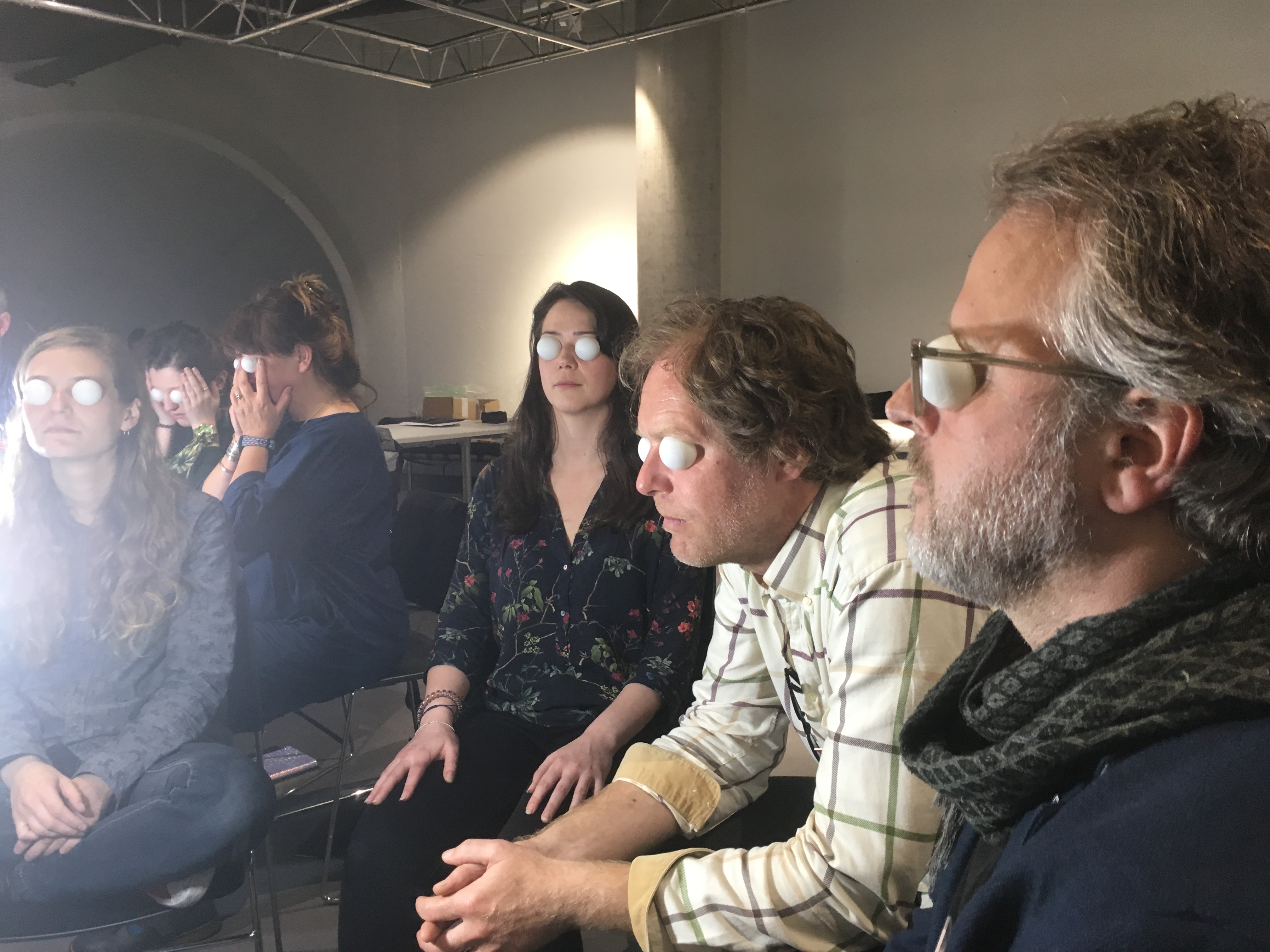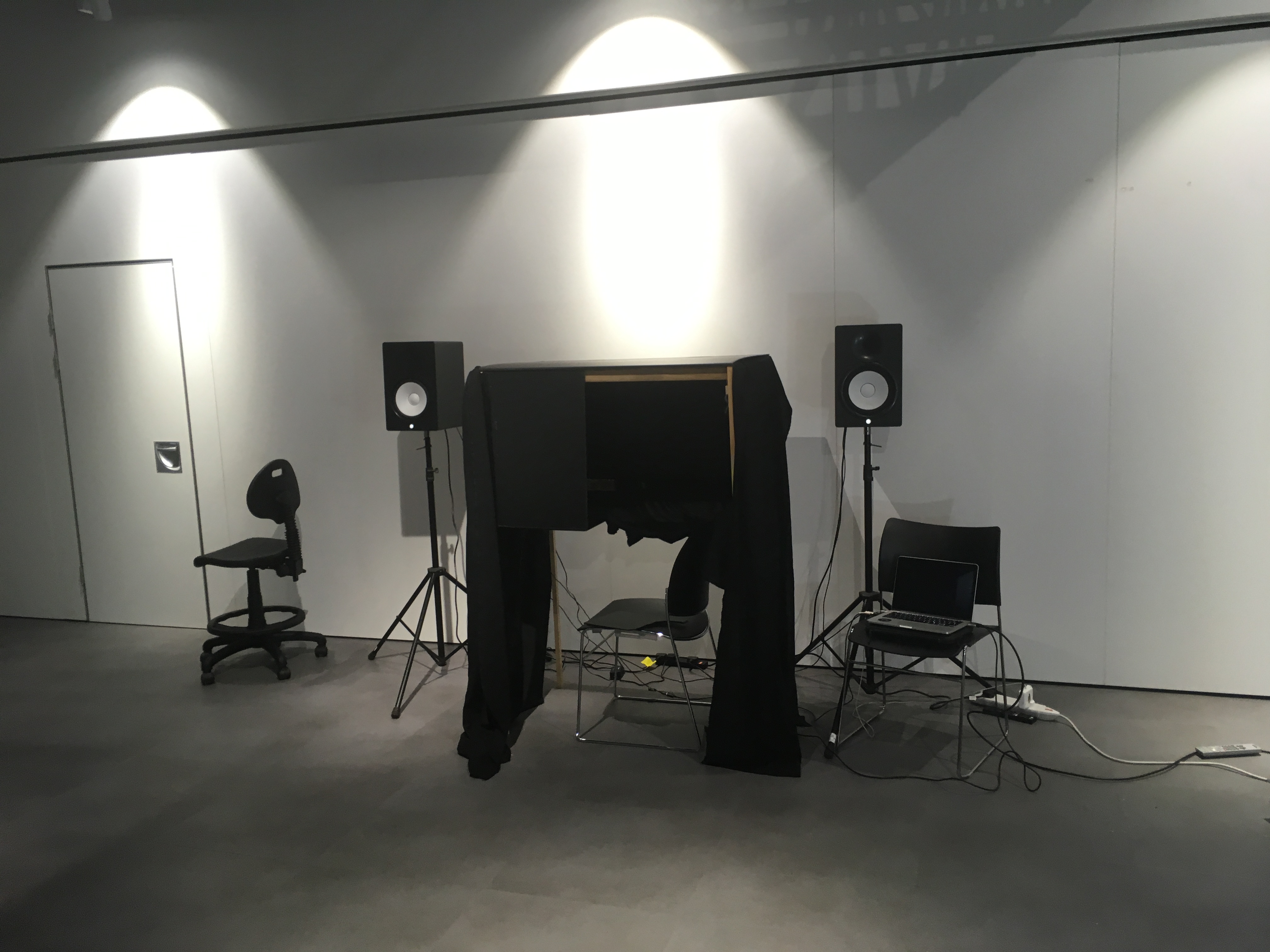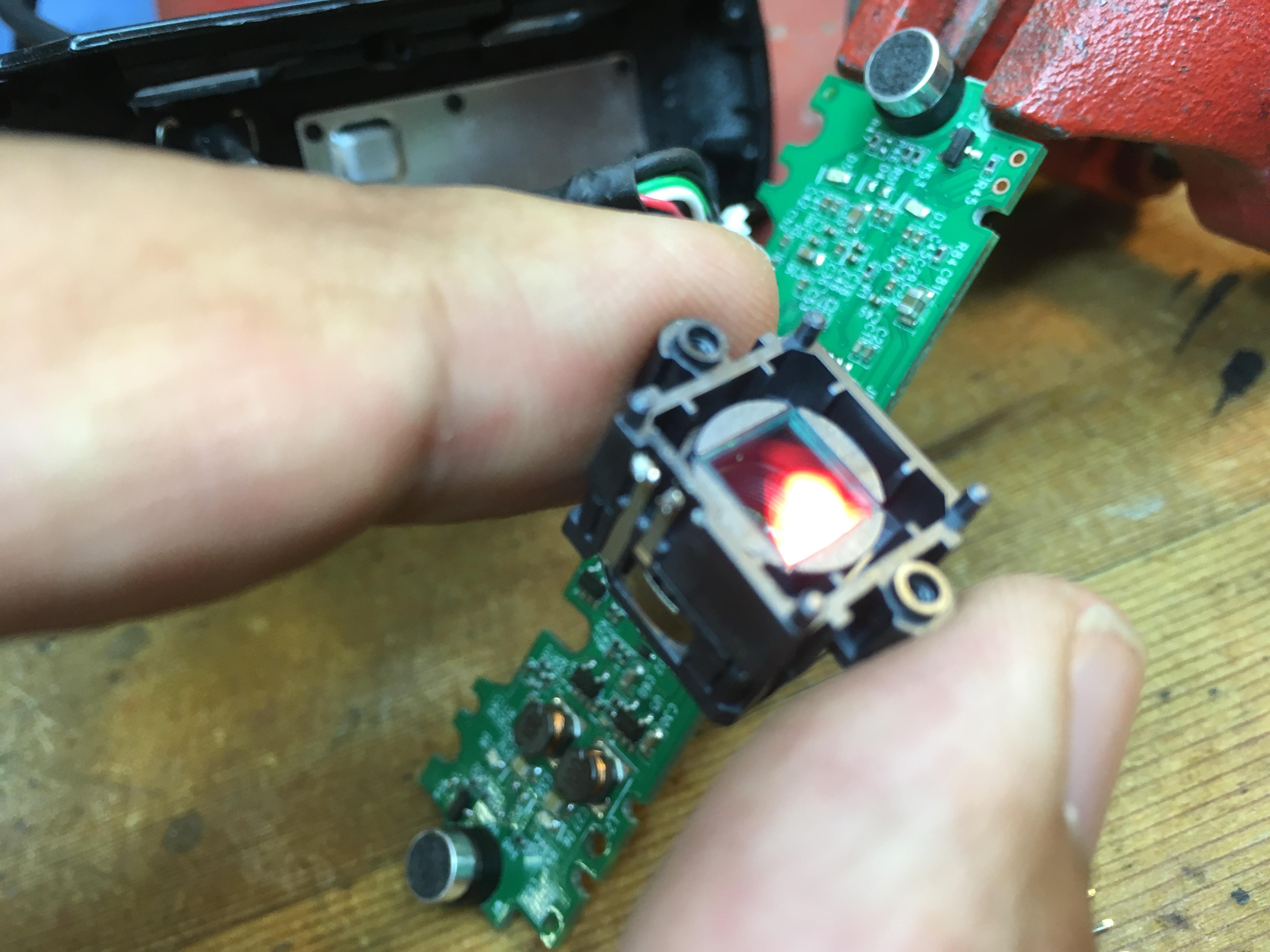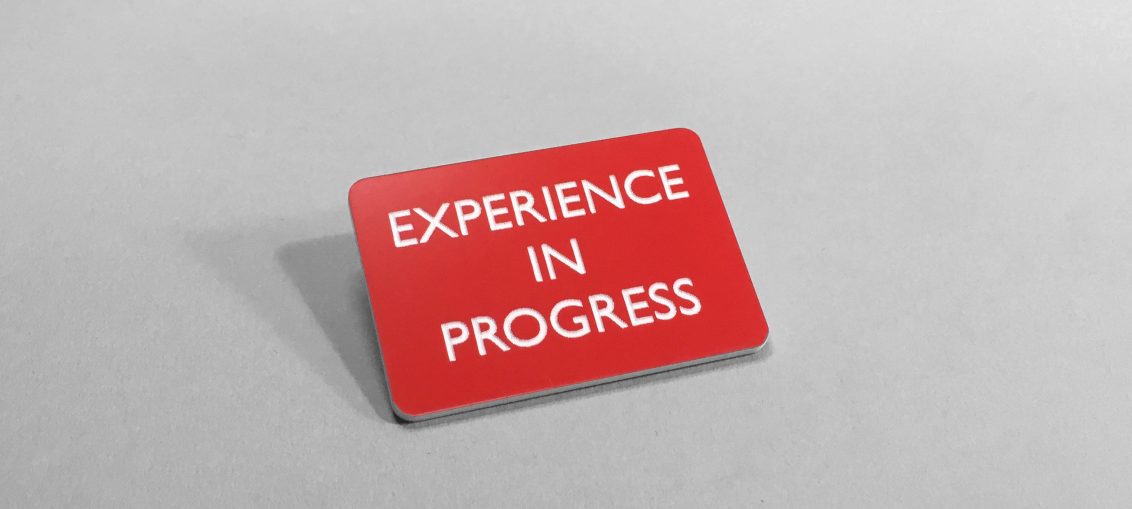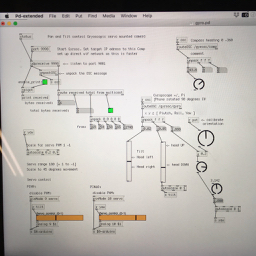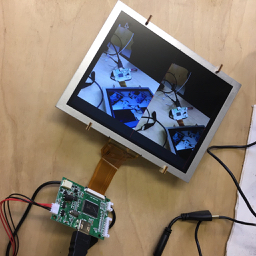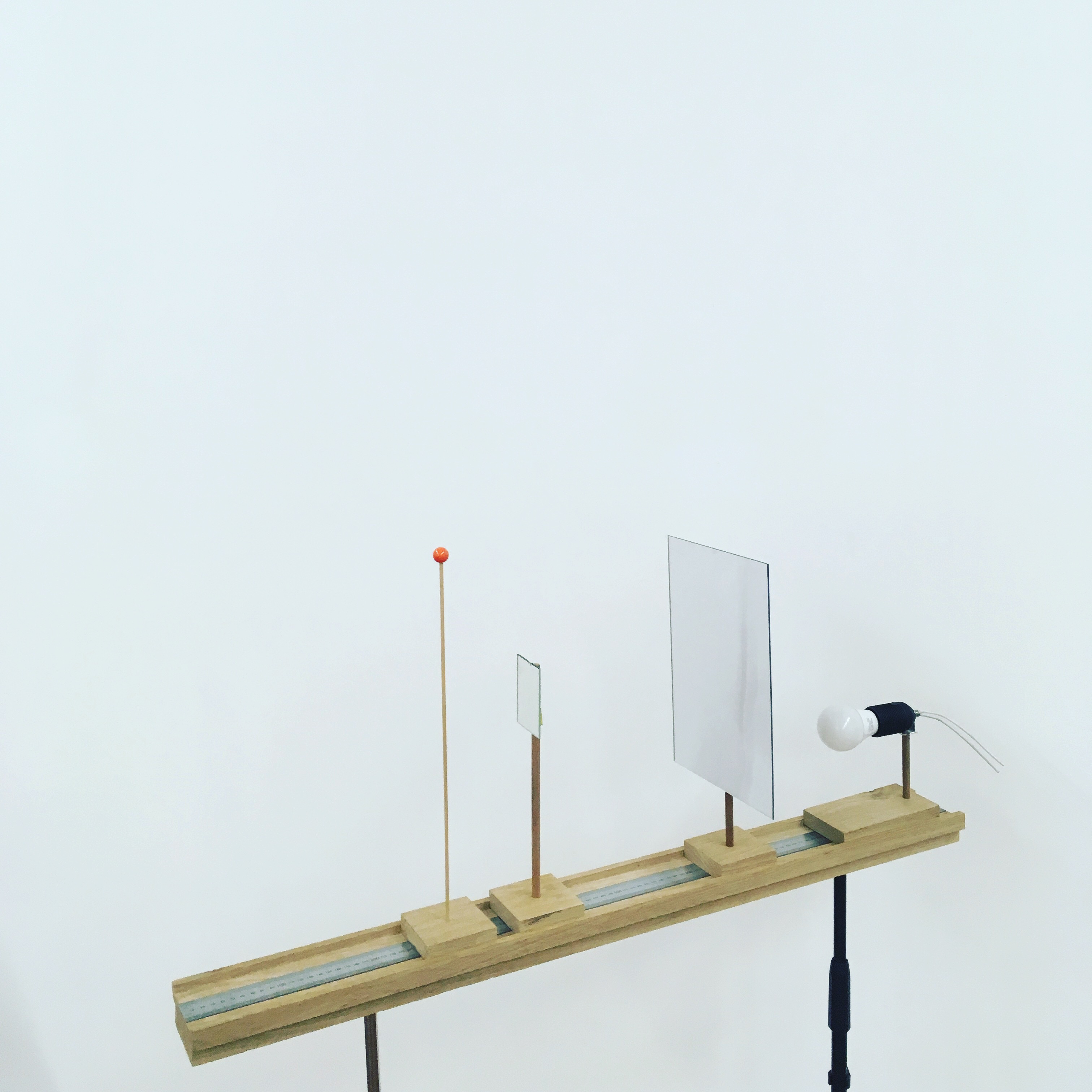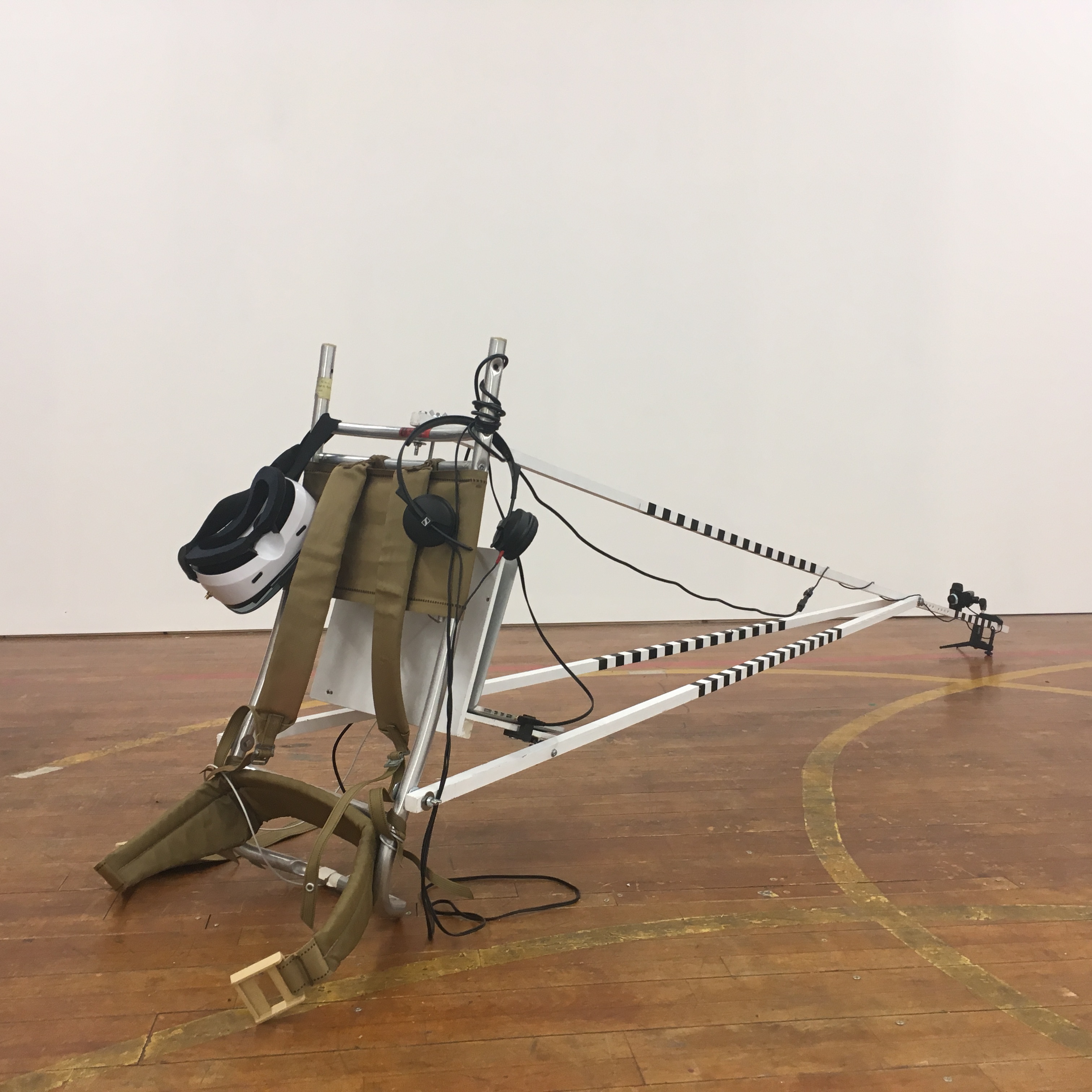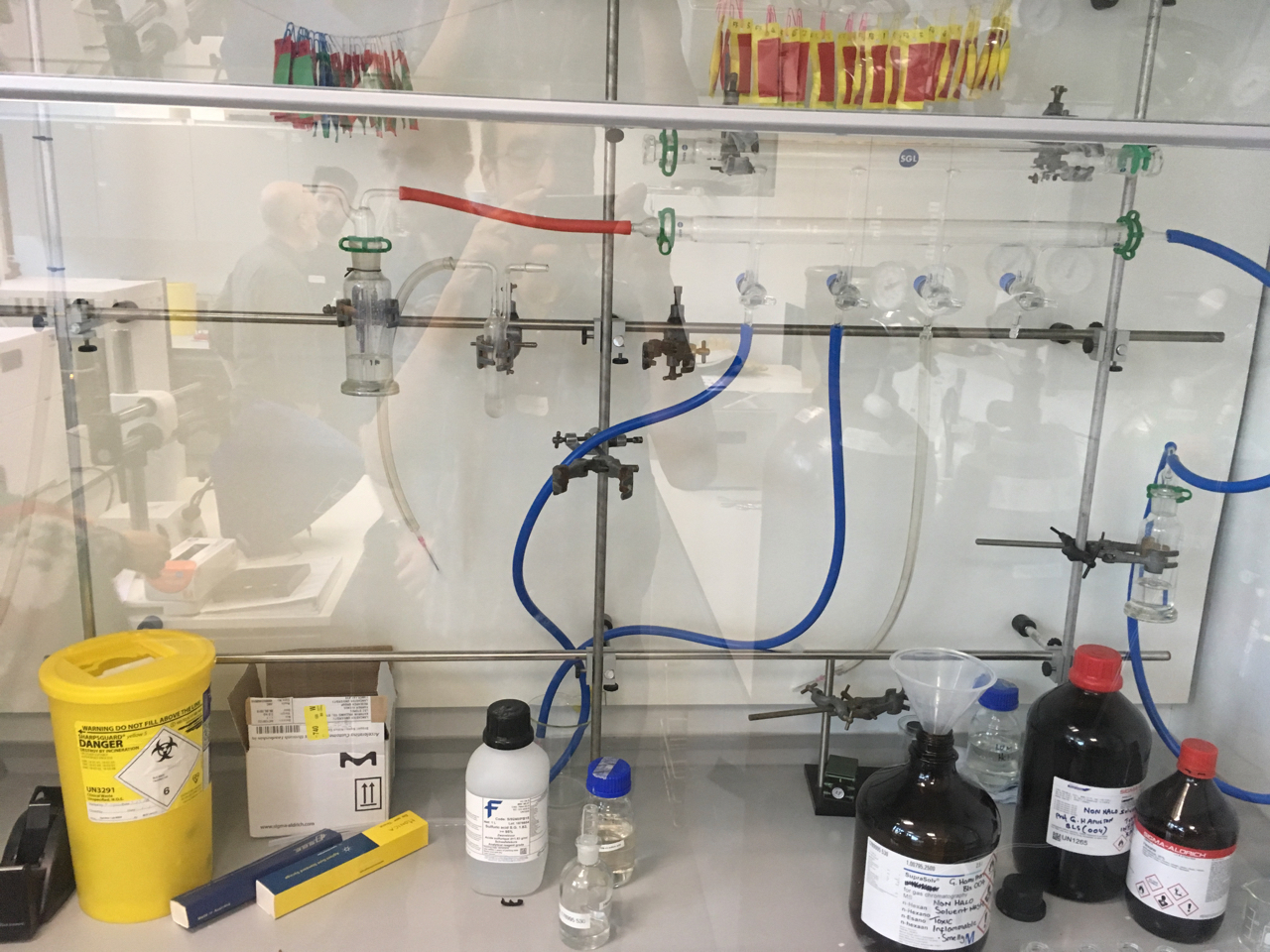Author: antonyhall
Sum Total Of All The Actions 4
Sum Total Of All The Actions 3
Sum Total Of All The Actions 2
Sum total of all the actions 1
Sum total of all the actions
Seven practical experiments
A manual for self-experimentation and a template for performance / A workshop on perceptual illusion and art. https://www.eventbrite.com/e/seven-practical-experiments-tickets-72221088219 'Seven practical experiments' is a new piece of work for by Antony Hall, developed through an exploration of perceptual illusion, and the methods used in experimental psychology. By taking part in this workshop, you will both 'experience' the work and 'perform' the experiments; in doing so you will become the work. The experiments will be preceded by a session of Feldenkrais led by Teresa Brayshaw. Feldenkrais is a method of enhancing self-awareness through movement and the heightening of bodily perception. Following this activity, you will then be guided through the 'seven practical experiments' and given space to reflect and discuss what you have experienced.
Proximity day 1 experiment 1
Mirror gaze experiment
The mirror gaze experiment requires the participant to sit in a near dark room and to stare at their own reflection for a set amount of time while listing to white noise. After only a short amount of time most people experience powerful illusions of facial distortion, grossly exaggerated features, faces of animals, the face of a lion or Darth Vader for example. These emerge as if from nowhere, disappearing at the slightest movement or eye blink, before manifesting new forms. These flowing cascades of illusory effects can elicit powerful emotional responses. In my own research, the mirror gaze experiment has resulted in significant illusory experiences across the full range of participants. I documented the way in which the illusory experience
Williams Clough ascent using Autoscope
Wanderer above the sea of fog
Notes from a day testing the Autoscope with Andrew Brooks. Here is our nod to the painting "Wanderer above the sea of fog" by Caspar David Friedrich 1818. The painting Juxtaposes 'Man' and his mastery of nature while simultaneously being a small and insignificant element of the overall landscape. The other mechanism at work is this inverted gaze; We see the back of the painted characters head, something that was quite unusual at the time. In doing this one idea is that we imagine ourselves as part of the image, putting our selves in the place of the depicted figure. It seems apt to recreate this, as one effect of the autoscope is this sensation that you have become part of the landscape and the feeling
Protected: Notes: Action in Perception
This content is password protected. To view it please enter your password below: Password:
‘Body up’: Current trends and future directions in embodiment and social interaction
Perspectives from neuroscience, clinical & experimental social psychology and new technologies Notes from the Body up Conference UoM 13th June 2019 https://bodyupmanchester.wixsite.com/uomconference Our behaviour and self-perception effect the way in which we see others. We read others body language in order to make judgements on their thoughts and feelings. New research suggests Autistic individuals move their bodies differently, and that in a way, are speaking a different body language. Understanding this helps explain why they have difficulties reading our intentions and emotions. Jennifer Cooks research on movement kinematics showed how gait point models, captured through motion capture, could convey different emotions through their walking style. For example, most people can notice someone one walking style as ‘angry' or ‘sad’. However - the
6 finger and shrunken Finger illusions
Roger Newport gave a talk on his research at the Body Up conference last week. [See work with the MIRAGE box here Augmented Hands] Speaking to him afterwards, he asked if I had ever experienced the 6 finger Illusion? He reached into his bag and revealed a mirror which he placed on the table. Placing my hand one side of the mirror, he skilfully performed the illusion. Looking into the mirror I watched as each finger was stroked predictably in series, moving from thumb to the little finger, but then continuing to apparently stroke an invisible 6th finger. This worked perfectly for me. What is really interesting is that apparently a very small amount of people have reported seeing this
Autoscope testing at studio
Autoscope prototype
Autoscope builds on laboratory-based simulations of out of body experiences; the portable device allows the participant to freely navigate the world, experiencing themselves in 3rd person, as part of the landscape via a live video feed to a head-mounted display. The visual mechanisms are important in this illusion, but tactile and sonic stimuli further strengthen the effects. Autoscopy can be described as the disembodied perception of seeing one own body from an elevated or distanced location outside the body. The phenomena of the ‘out of body experience’ during heightened states of heightened consciousness or near-death experience tend to have spiritual or shamanistic connotations, but in recent times science has done much to demystify this phenomenon, identifying the neural mechanisms responsible.
Action Intention Paradox
In this experiment, which is now renamed the 'Alien Hands Experiment' one participant [A] places their hands under a flat-screen monitor. They then see what seems to be their own hands under the screen when in fact these are someone else's hands [B] who is mirroring their actions. The effect can be quite uncanny especially if the appearance of the hand contrast with their own [in scale, age or colour. Participants work together to lead or mirror the movements of what appears to be their own hands under a screen. After a short time, participants experience strange sensations which oscillate between a loss of agency over their own hands and feeling agency over someone else's hands. Action Intention Paradox uses a
Ganzfeld and Mirror Gaze
1-1 experiment sessions in the studio I invited participants to come to my studio to take part in phase 2 of my research. This opens up to using the Ganzfeld and the Strange Face in the Mirror Illusion. Both use white noise connected to a system of biofeedback, using Galvanic skin response signals to subtly modulate the noise. Through this, I have been developing my interview technique and also the working questions that I ask. This has resulted in a new artwork which is taking the form of a questionnaire. Currently, I'm referring to it as the "Hall Anomalous Perception scale" a tongue in cheek reference to the Cardiff scale designed to asses experiences of anomalous perceptions in daily life. A participant
Clay Hand Experiments
Workshops at Manchester City Art Gallery The aim was to deliver an engaging fun activity for all the family which related to the theme of the body and ideas around perception illusion referencing the Leonardo show as well as the Bridget Riley drawings in the Gallery. The workshop was open as a drop-in open to the general public and over the 8 days, we had around 800 people take part in total. The workshop served as an introduction to the idea of ‘perceptual and multisensory illusions’ and was based around my Clay Hand Experiment. I asked participants to work collaboratively to create their own hands and 'unfeasible objects 'with which to perform their own experiments on each other. It provided a
[Re]Mapping perception
Documentation from the [Re]Mapping perception workshop at LJMU 2 May 2019 Here is the original invitation... A workshop for artists/researchers engaging in a wide range of practice-based and artistic research methodologies. It aims to explore interdisciplinary methods through a series of provocations in embodied multisensory experience, designed to enhance our perception and self-awareness. The workshop provides an open space for participants from different fields to meet, communicate findings, share paradigms, and explore the value of sensory perception and awareness in our research. It also offers an opportunity to meet Madeline Schwartzman and gain insight into the works discussed in her new book See Yourself X: Human Futures Expanded. Her public lecture follows the workshop [ Places can be booked here https://www.eventbrite.com/o/antony-hall-19862154602 ] [Re]Action Lab is an
Mirror Gaze Box
A rapidly prototyped blackout box for the mirror gaze box, this is to create a dark space for the Mirror Gaze Experiment. Inside is an Infra Red LED spotlight and modified web camera. The camera films the participant in real time from behind a two-way mirror, as they experience the illusory effect of sensory deprivation. Mirror Gaze Box - prototype
IR Camera hack
For the Mirror Gaze experiment, I need a camera that works in darkness and can pick up Infrared light. Most webcams have an IR filter. Many such as this Logitech HD webcam have instruction online. Turns out mine was a slightly different model to this and meant that the entire thing needed dismantling and the camera module had to be unsoldered to get to the filter.
Experience in progress
EXPERIENCE IN PROGRESS, 35x50mm badge in 60×80 Foil printed box, text insert and authenticity statement / signed edition of 100. [buy it here] I made this badge to celebrate a chance occurrence that has had a lasting effect on my work ever since. Back in 2006, I was working with electro-genic fish at the Centre des neuroscience [CNRS] near Paris. Frustrated and stuck, I went for a walk, aimlessly wandering the corridors. I noticed a sign on a laboratory door saying “Experience en cours” ( ‘experiment in progress’). I took this photo. Moments later on the way back, I found the door was ajar. I knocked on it and peeped in. I ended up having a fascinating conversation with a scientist
Accelerometer experiments
Stereoscopic camera experiments
Meta-Perceptual Rail
The meta-perceptual rail is a linear track along which mount mirror apertures and other props and stimuli can be mounted. It is used for meta-perceptual experiments, testing the limits of visual and meta-perceptual experience. It can be used as an introspective device to explore metaphysical and somaesthetic questions of our experiences and location self in relation to the physical body. 'Such rails are typically made of wood and designed to be very stiff. The rail normally begins with a chin rest followed by a graduated grove extending from this point. This allows other features such as holders for perceptual stimuli, filters, apertures, mirrors and cameras to be bolted down and precisely shifted along the length of the rail.'
Marina Abramović – An Artist’s Life MANIFESTO
Thinking about manifestos, this seems to resonate somehow with both life and art. https://www.youtube.com/results?search_query=Art+Meets+Science+and+Spirituality+in+a+Changing+Economy https://hirshhorn.si.edu/wp-content/uploads/2012/04/An-Artists-Life-Manifesto.pdf
Autoscope backpack
My alloy backpack arrived and has proved perfect for the job of supporting a laptop and a 2m long boom. As an object, It certainly has a vintage feel and a clear aesthetic reference to Roman Signer. this seems entirely appropriate, something about the strangeness of the endeavour as well as the metaphorical notions of escape and travelling through the imagination.
Synanet workshop: Disrupt Encode Consolidate
Notes for the collaborative Art & Bio-science Workshop at Lancaster University, UK on Monday 17th to Wednesday 19th December 2018I had a very interesting 3 days at Lancaster University participating in the Synanet workshop. The idea was to bring together interdisciplinary practice across the sciences and arts, to explore ideas in neuroscience research and BioArt. The workshop “aimed to DISRUPT dogmatic thinking across these disciplines, ENCODE new approaches and insights through shared interactions and CONSOLIDATE these ideas through artistic expression” https://cheapjack.github.io/DisruptEncodeConsolidate/ It consisted of scientific demonstrations and hands-on activity was to provide insight into the theory and practice of neuroscience research. FMRI [functional brain imaging] behavioural analysis in mice and Fruit Fly’s and Sand Fly’s, And some presentations about the “gut-micro-biome-brain interface”. Most interestingly “ …The workshop aimed to
Psychometric tests
I took part in a study at BEAM LAB as a 'neurotypical control subject. This was my first experience in experimental psychology as a participant. I found this deeply significant for my research; actually experiencing the full process of an experiment in the context of a lab. There were a number of questionnaires and tasks. Psychometric tests are concerned with the measurement of mental abilities, personality traits, intelligence. Typically these will be questionnaires and other puzzles 'tasks'. I found the activity to be deeply relaxing. also the format, in my opinion, ripe for creative subversion. It generated a lot of new ideas which I will write about this experience in more detail soon.
